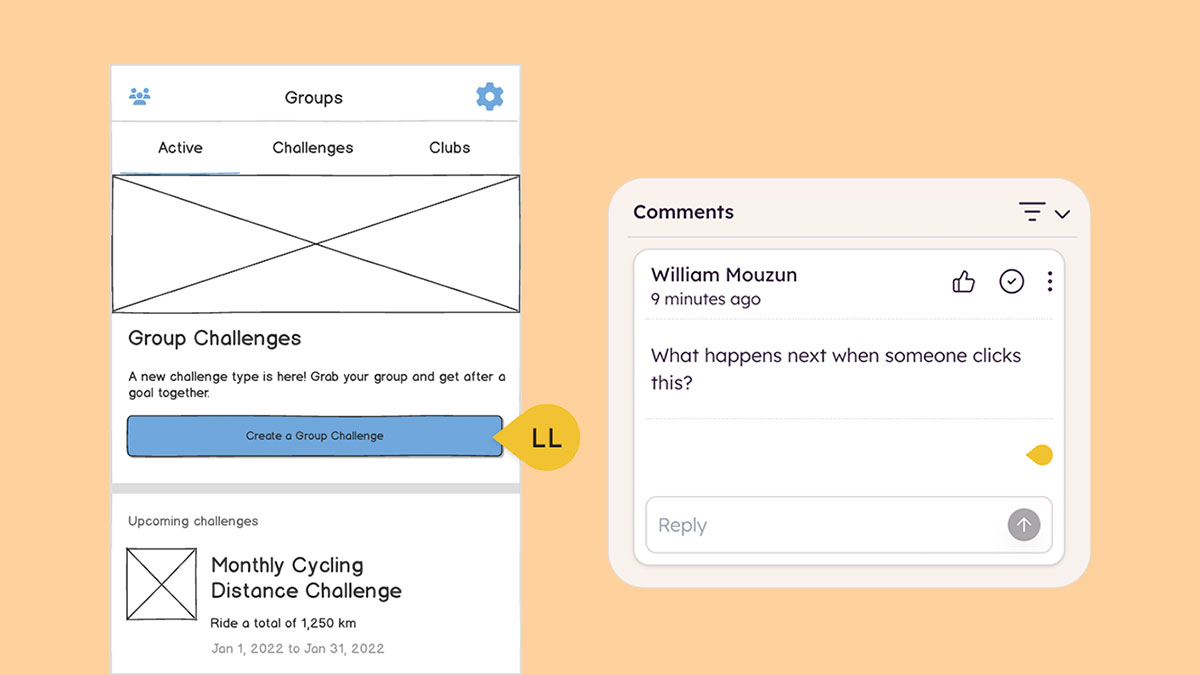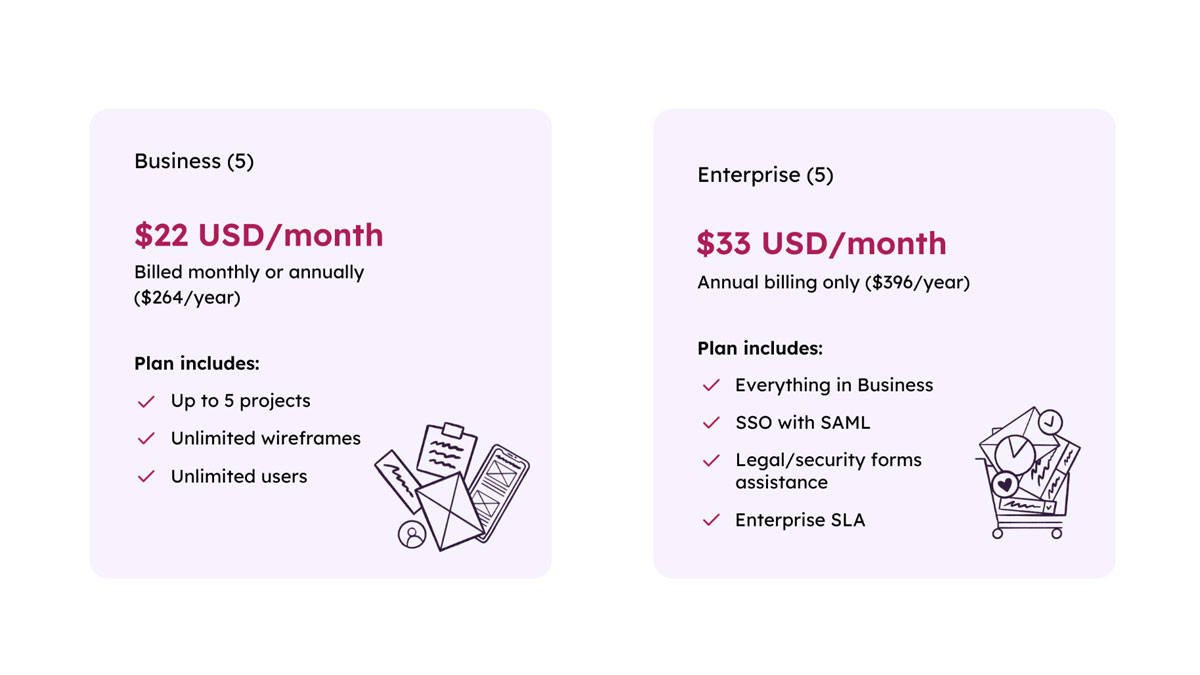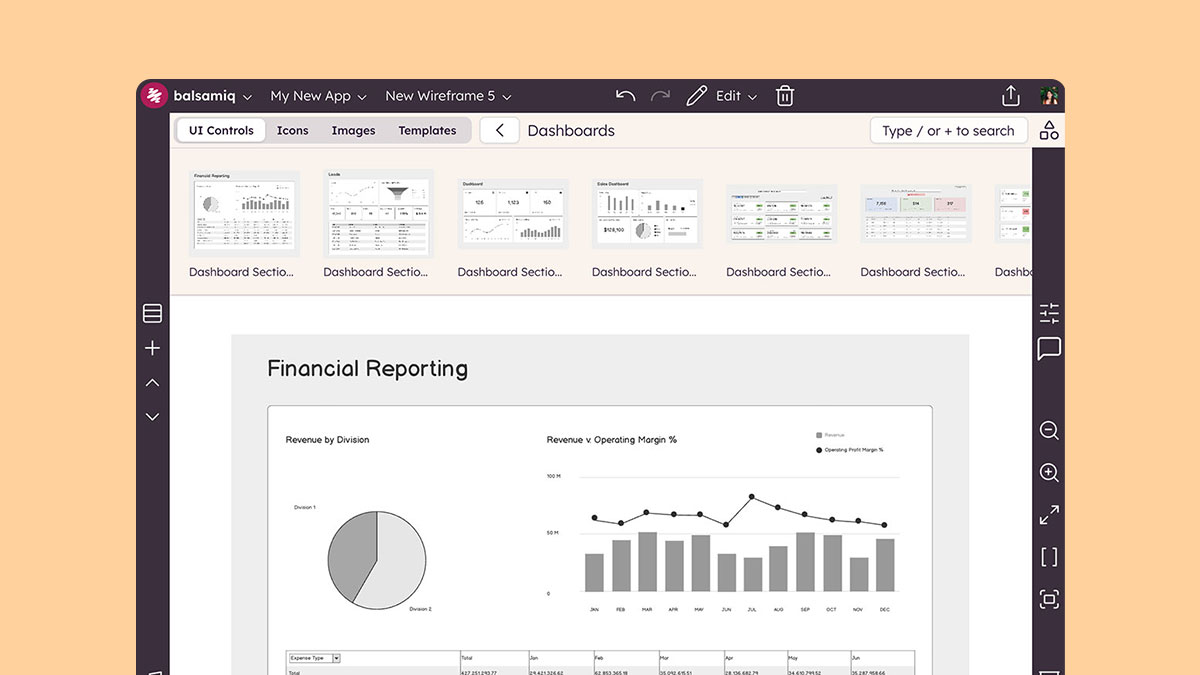This probably won’t come as a surprise, but we’re winding down Balsamiq for Desktop.
It’s one of four versions of our wireframing tool, and—like a lot of things—usage has shifted. Most people now prefer cloud-based tools, especially when working in teams.
So going forward, we’re focusing our energy on Balsamiq Cloud.
Sales of Balsamiq for Desktop will stop on December 31, 2026. Support will continue through December 31, 2027.
Maintaining Balsamiq for Desktop takes a lot of time, money, and brainpower—without moving the product forward in meaningful ways. We’d rather put that energy into making Balsamiq Cloud the fastest, friendliest way to get aligned and make smart product decisions.
This post has all the details: timelines, transition help, and what this means for you.
We know change is rarely fun. But we think you’ll like what’s ahead.
What’s already changed
If you already use Desktop, nothing breaks. But we’re no longer adding new features or building toward parity with our other products.
Note: Balsamiq project files (.bmpr) created in Balsamiq Cloud are not compatible with Balsamiq for Desktop but you can migrate Desktop files to Balsamiq Cloud.
What’s coming next
We’ve put together a slow, steady timeline to make this easy to plan for.
| Date | What’s happening |
|---|---|
| Now | Desktop still works and is available for purchase |
| Dec 31, 2026 | We’ll stop selling new Desktop licenses |
| Dec 31, 2027 | Support ends (per our Terms of Service & End User License Agreement) |
You’ll still be able to use Desktop after 2027, but you’ll be on your own from that point forward. That means there won’t be product updates or guarantees after that date.
Why we’re doing this
Short version: Cloud is where teams work now.
Longer version: Supporting Desktop costs a lot (dev time, QA, docs, support logistics) and delivers less value every year. It also limits our ability to build more innovative features and experiment with new technologies.
Here’s what we mean:
- Every bug fix = 4 products (Balsamiq Cloud, Balsamiq for Confluence, Balsamiq for Jira, and Balsamiq for Desktop)
- Every new feature = 4 products
- Every release = lots of extra testing and handoffs
- Every “which version should I buy?” email = confusion and friction
We’re a small team. The only way we can move faster is to focus.
How we’re supporting current Desktop customers
We know some of you still rely on Desktop, whether you recently bought a license or have had one for years. You can still do that! But we’d be honored if you tried one of our other products.
Our goal is to make the transition as smooth as we can:
🛠 Need help switching? We've put together a migration guide here. You can also check out our integrations for Jira or Confluence.
🧾 Resellers: We’ve put together a page just for resellers to start selling Cloud subscriptions instead of Desktop licenses.
💬 Questions? We’re here. Email us any time.
Want to try Cloud?
If you haven’t used Balsamiq Cloud in a while, it’s come a long way.
- You can wireframe faster
- You can collaborate with teammates
- You don’t have to worry about install issues or version mismatches
- And yes, you can still sketch just like you did in Desktop
P.S. Curious about the backstory?
The original version of this post shared more of the backstory behind our decision to sunset Balsamiq for Desktop. It was first published in our January 2023 newsletter—back when we hadn’t yet set firm dates.
We’ve updated the post now that the timeline is clear. But we’ve kept some parts of the original note from Peldi:
--
Ciao friends,
In the beginning, I was focused on building Balsamiq as a plugin for platforms like Atlassian Confluence. I didn’t want to host my own SaaS version — too stressful! — and I certainly didn’t want to make a desktop version.
We were in the middle of Web 2.0, the browser wars were almost over, and Google Suite had launched in 2006: everything was moving to the web!
Surely desktop software was a thing of the past, but I didn’t want to invest in it.
Boy, how wrong I was! During the private beta, I heard over and over that people wanted to use my software, but as a downloadable version. I kept refusing, but they begged me for it!
Do you know the Steve Blanks quote that says “No business plan survives first impact with customers”? Yep, that was my first impact moment. Because the technology I was using at the time (Adobe Air) made it very easy for me to create a desktop version of my web app, I gave in and decided to sell it. It was almost an afterthought, done one month before launch, something that I thought would “tide us over” for a couple of years until the world fully moved to the web.
Again, how wrong I was. The desktop version immediately became our #1 seller and is what kept us in business for the first 5 years.
Balsamiq Revenue by version ('000s)
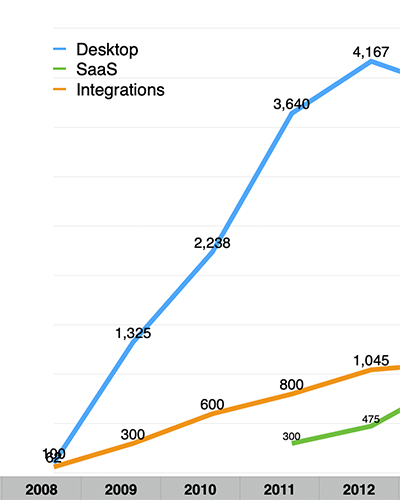
The world was very much moving to the web, but it was doing it much more slowly than I had anticipated.
But the trend was clear: I remember that I used to go to conferences and tell people “I’m a shareware guy! In 2012!” just to see the shocked look on their faces. It was hilarious.
The tide finally turned
In 2011, the company had grown and we once again decided to give in to customer requests. So we added our own standalone hosted version—what’s now called Balsamiq Cloud.
We also embarked on a giant 5-year effort to fully rewrite our codebase, because Flash was dying.
We wanted to continue to share our code between web and desktop versions but also have best-in-class desktop apps, with the most native-feeling UX.
This was HARD to do: Electron didn’t exist and React Native didn’t exist. We had to figure out how to run our own embedded Javascript virtual machine inside our desktop apps. It was tough. But it worked, we’re still using this strategy for our desktop apps today. Sadly, it’s much more complex and expensive to build than our old Adobe Air stack.
In the meantime, the world seemed to finally really move to the web.
The big makers of desktop software (Microsoft, Adobe, Autodesk) all started shipping web versions of their most popular tools.
Conferences for desktop app development became rarer and rarer.
And mobile stole the show! Apps for iOS and Android became the norm, and for a few years tablets were all the rage, remember?
Gradually, we saw the share of revenue coming from desktop start to decline, in favor of our web versions (SaaS and Integrations).
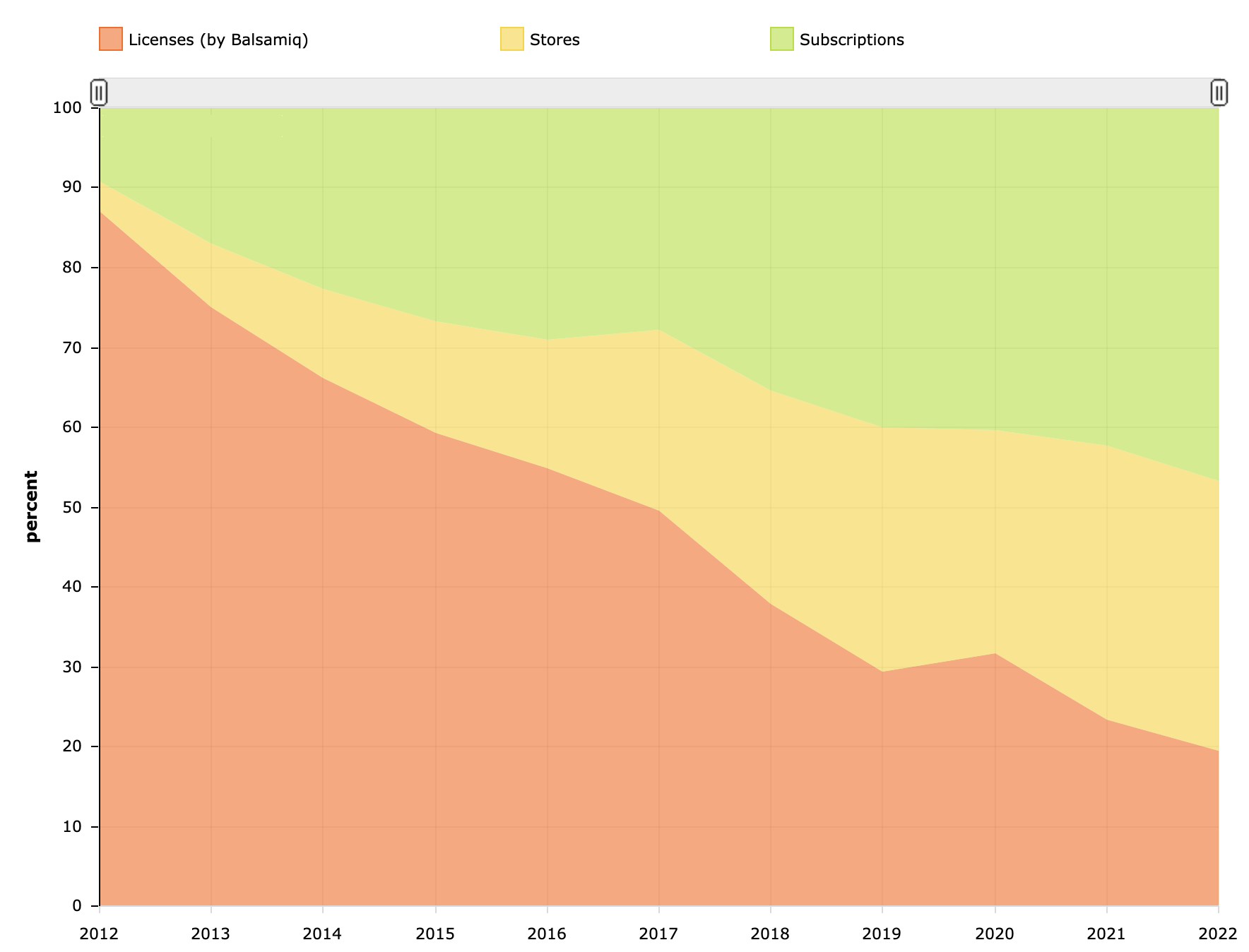
As a general industry trend, it seems pretty clear that installed desktop software is on the way out.
Think about this: how often do you look for desktop software to install these days? If you’re on a Mac, when was the last time you launched the Mac App Store?
OK, now think about this: what would the answers be for a Gen Z person?
I’m not saying I personally love this new world of subscription-only, web-only software: unfortunately, what we like or don’t like is almost irrelevant. The market moves, and once again, we have to follow it or be left behind.
Desktop is costing us, A LOT
Given these revenue and industry trends, we recently got together to discuss what we should do about it.
Our first realization was that maintaining the desktop versions for Windows and Mac is costing Balsamiq A LOT, both in terms of money and time:
For every bug report, we have to verify if it happens on 3 different platforms.
For every new feature, we have to design it for 3 different platforms.
For every change we make in the code, we need 3 different people to get involved.
We need to have experts in .Net and Swift development, and keep up with platform changes.
Every time we do a release (more or less every 4 weeks), we have to spend ~1 week testing the desktop versions.
Doing customer service for a large number of different operating system versions is really challenging.
Not to mention how confusing our offering is! We need to have a “compare versions” page and a very complicated “buy now” page. We get SO MANY phone calls from people asking “which version should I buy?”.
This confusion undoubtedly has an impact on our revenue and is becoming unsustainable.
I could go on and on.
Our goal is to provide an amazing (and clear) experience for our customers, at every single interaction point they have with us. Having so many versions makes it very challenging.
So what’s the plan?
Once we reviewed our costs, we realized that the revenue Desktop was bringing us was clearly not proportionate to them.
We considered trying to do a big development and marketing campaign to push the desktop version more, but we realized that we alone can’t afford to stop the tide of people moving to the web, we’re just not big enough.
So instead, we decided to:
- Raise the price of the desktop version. Aside from adjusting for inflation, the new price more closely reflects what it costs us to keep the desktop version alive.
- Slow down desktop releases. We’re only going to do releases to fix critical bugs.
- No longer aim for feature parity between the web and desktop versions.
This effectively means that we’re gradually leaving Desktop behind.
We realize that for those of you who love our desktop version, this news may not be your favorite thing to hear. But if you'd like to move to Cloud, our team is happy to help.
We welcome you to start a free trial and see how you feel!
Peldi from Balsamiq


